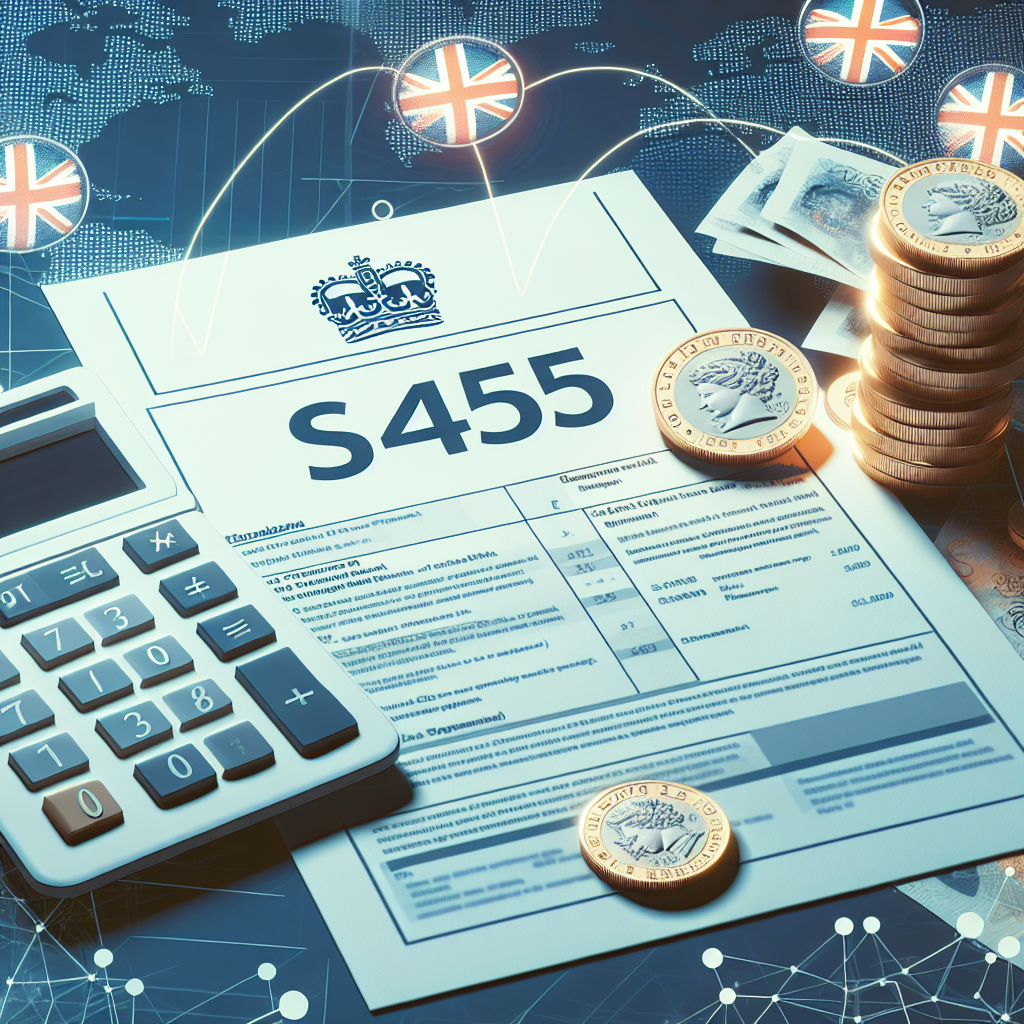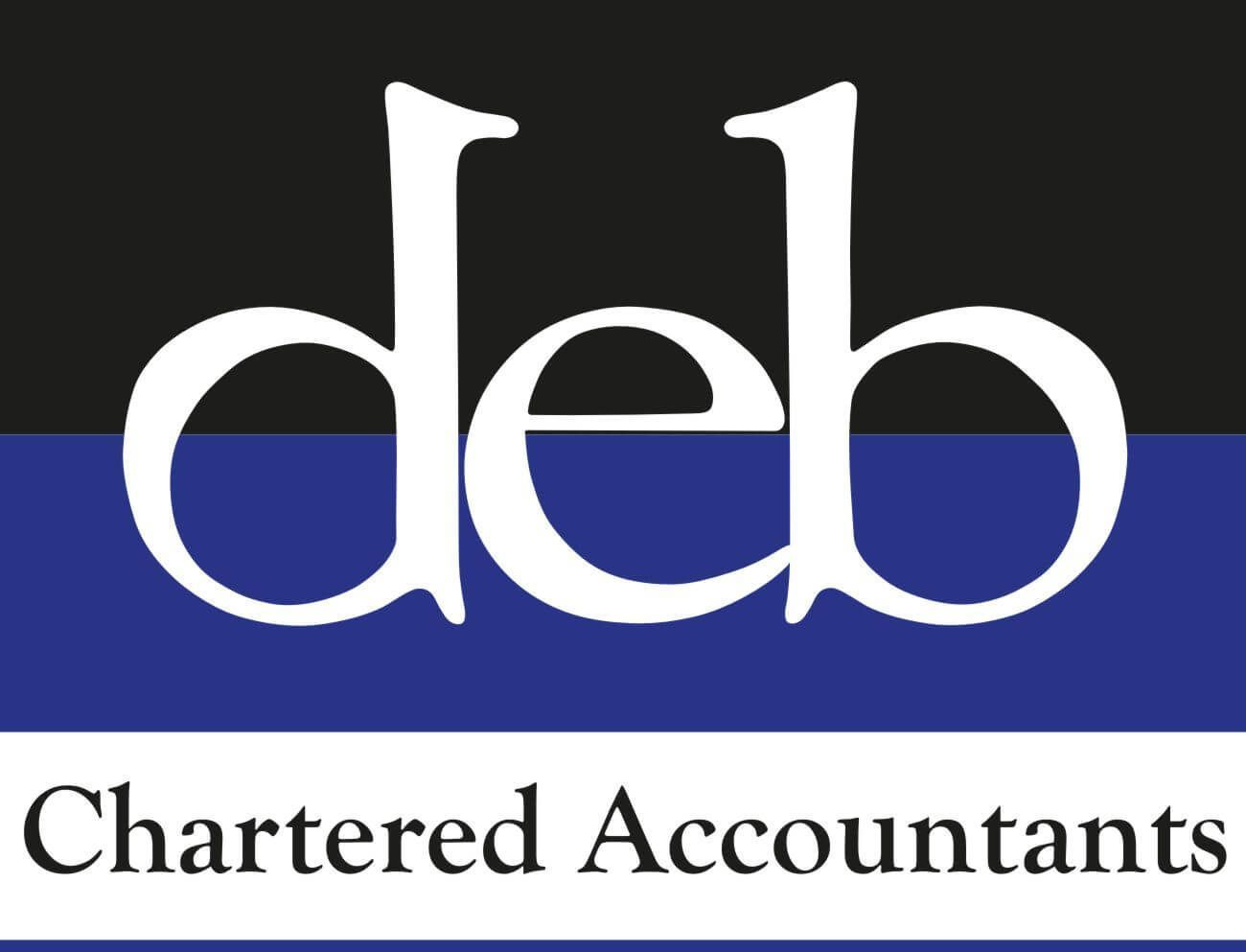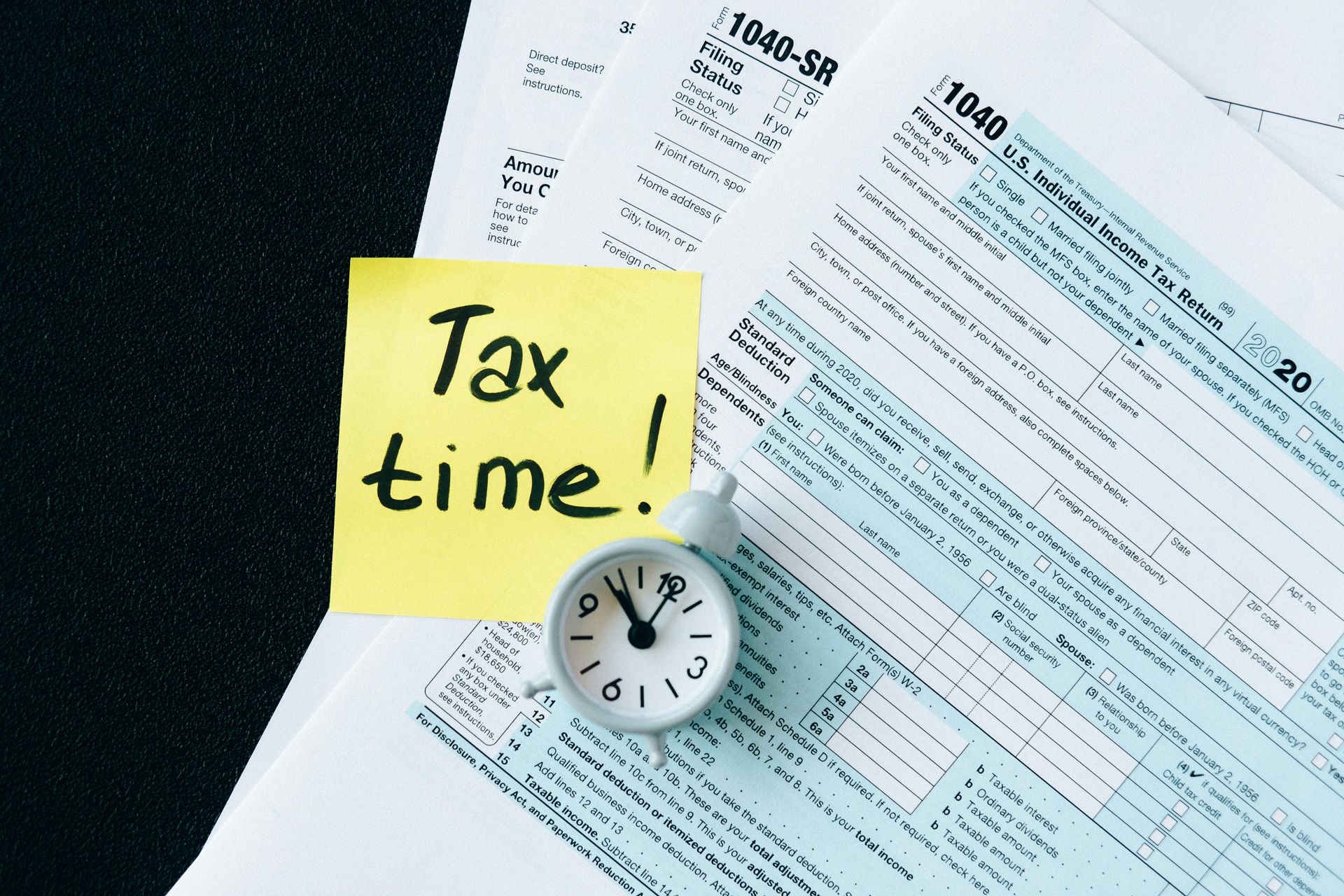The Full Picture on Director’s Loan Accounts: Benefits, Risks, and Solutions
Navigating Director’s Loan Accounts: Opportunities and Pitfalls

Managing the finances of a limited company often involves navigating complex tax regulations and financial strategies. For owner-managers who serve as both shareholders and directors, Director’s Loan Accounts (DLA) can be a valuable tool. However, like any financial instrument, DLAs come with their own set of advantages and challenges. In this blog post, we’ll explore the good, the bad, and the ugly of Director’s Loan Accounts to help you make informed decisions for your business.
Understanding Director’s Loan Accounts (DLA):
A Director’s Loan Account records any money that a director lends to or borrows from their company. This account also tracks dividends, salaries, business expenses paid by the director, and personal expenses covered by the company. Depending on whether the account is in credit or overdrawn, there are various benefits and drawbacks to consider.
The Good: Benefits of a Director’s Loan Account in Credit:
When a DLA is in credit, it signifies that the director has lent money to the company. This scenario offers several advantages:
No Immediate Tax Implications
A director lending money to their company does not trigger any immediate tax liabilities. The funds can be used to support business activities without incurring income tax on the borrowed amount.
Charging Interest
Directors can choose to charge interest on the loan they provide to the company, similar to any other lender. Here are some key points to consider:
- Withholding Tax: Each time interest is paid, the company must withhold basic rate tax of 20% and remit it to HMRC using form CT61. To minimize administrative tasks, it’s advisable to pay interest annually.
- Corporation Tax Relief: The company can claim Corporation Tax relief on the gross amount of interest paid, provided the rate is commercially reasonable (typically between 5% and 15% per annum) and the interest is paid within 12 months of the year-end.
- Tax Efficiency for Directors: Directors can benefit from tax-efficient interest income, especially if their overall income is low. For instance, a director with a salary of £9,000 and dividends of £30,000 can receive up to £9,570 in interest tax-free, while the company benefits from Corporation Tax savings.
The Bad: Drawbacks of an Overdrawn Director’s Loan Account:
When a director borrows money from the company, the DLA becomes overdrawn, leading to potential tax implications:
Benefit in Kind (BIK)
If the overdrawn amount exceeds £10,000 for more than 30 days within a tax year, it triggers a Benefit in Kind:
- Declaration Requirements: The director must declare the BIK on form P11D, alongside other benefits like company cars or medical insurance.
- National Insurance and Income Tax: The company must pay Class 1A National Insurance at 13.8%, and the director must pay income tax on the BIK through their self-assessment tax return.
- Avoiding BIK: To prevent BIK, the company can charge interest on the overdrawn amount at least the HMRC minimum rate of 2.25% per annum. This interest is taxable income for the company and must be paid by the director by July 6th following the tax year-end.
S455 Charge
Regardless of the overdrawn balance at year-end, if the loan remains unpaid 9 months after the accounting period ends, the company incurs an S455 tax charge:
- Applicability: This charge applies to "participators" in close companies (typically those with five or fewer shareholders or where all shareholders are directors).
- Tax Rate: The S455 tax is 33.75% of the outstanding loan balance and is payable by the company via its Corporation Tax return.
- Repayment: The tax paid under S455 acts as a deposit and is refundable once the loan is repaid. Partial repayments result in partial tax refunds.
Exclusions and Anti-Avoidance Rules
Certain scenarios exempt companies from the S455 charge, such as loans made in the ordinary course of a money-lending business, loans to trustees of charitable trusts, or loans not exceeding £15,000 to individuals with less than a 5% interest in the company.
Additionally, HMRC’s “Bed and Breakfasting” rules prevent directors from repaying and re-borrowing funds shortly after year-end to evade the S455 charge. These rules ensure that genuine repayments are distinguished from attempts to cycle loans to avoid tax.
The Ugly: Consequences of Writing Off an Overdrawn DLA
In some cases, companies may consider writing off an overdrawn DLA, which can lead to severe tax implications:
Writing Off the Loan
- Deemed Distribution: Writing off a loan to a director is treated as a deemed distribution or dividend, subject to income tax and Class 1 National Insurance for both the company and the individual.
- High Costs: This method is costly due to the additional taxes and National Insurance contributions, making it an expensive way to clear the loan balance.
Liquidation Risks
If a company goes into liquidation with an overdrawn DLA:
- Repayment Demands: A liquidator can demand repayment of the loan, potentially leading to legal action or even bankruptcy for the director.
- Careful Review Needed: Companies considering winding up must carefully assess their DLA positions to avoid adverse consequences.
Summary: Navigating Director’s Loan Accounts Effectively
Director’s Loan Accounts can be a powerful tool for managing cash flow and remuneration in a limited company. When used wisely, they offer tax-efficient ways to support business operations and personal finances. However, it’s crucial to be aware of the potential pitfalls, such as Benefit in Kind charges, S455 tax, and the severe implications of writing off loans.
Key Takeaways:
- Maintain Balance: Keep your DLA in credit to avoid unnecessary tax complications.
- Charge Interest: If borrowing from the company, consider charging interest to mitigate Benefit in Kind issues.
- Stay Informed: Understand HMRC regulations and seek professional advice to navigate complex tax rules effectively.
- Plan Ahead: Regularly review your DLA and plan repayments to prevent long-term tax liabilities and ensure compliance.
By understanding the intricacies of Director’s Loan Accounts, owner-managers can make informed financial decisions that benefit both their business and personal financial health. Always consult with a tax professional to tailor strategies to your specific circumstances and ensure compliance with all regulatory requirements.
For more insights and personalized advice on managing Director’s Loan Accounts, feel free to contact us on 01226 245824. Or email davideb@deb-accountants.co.uk














